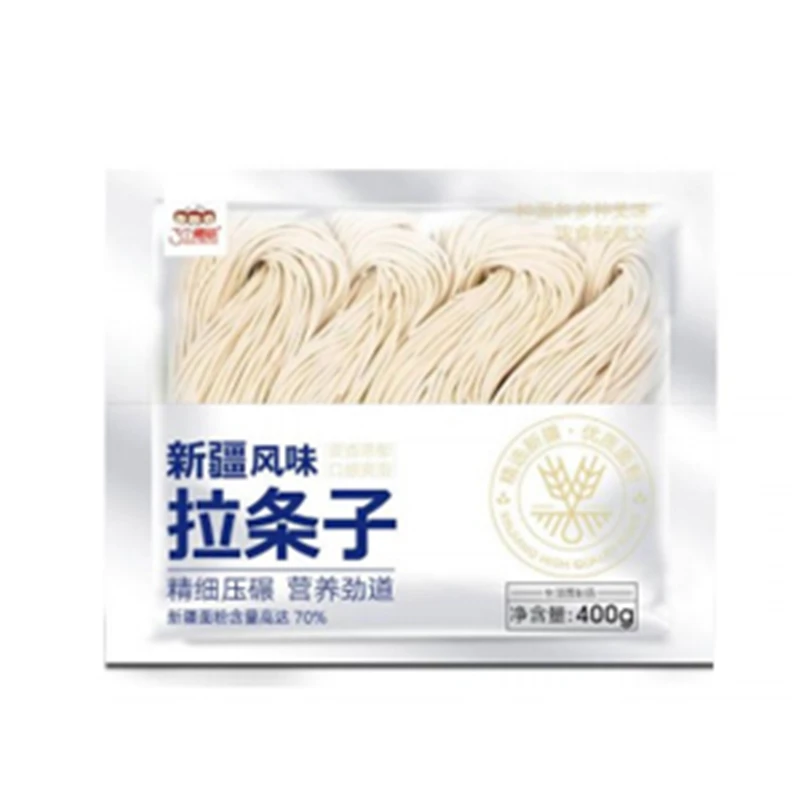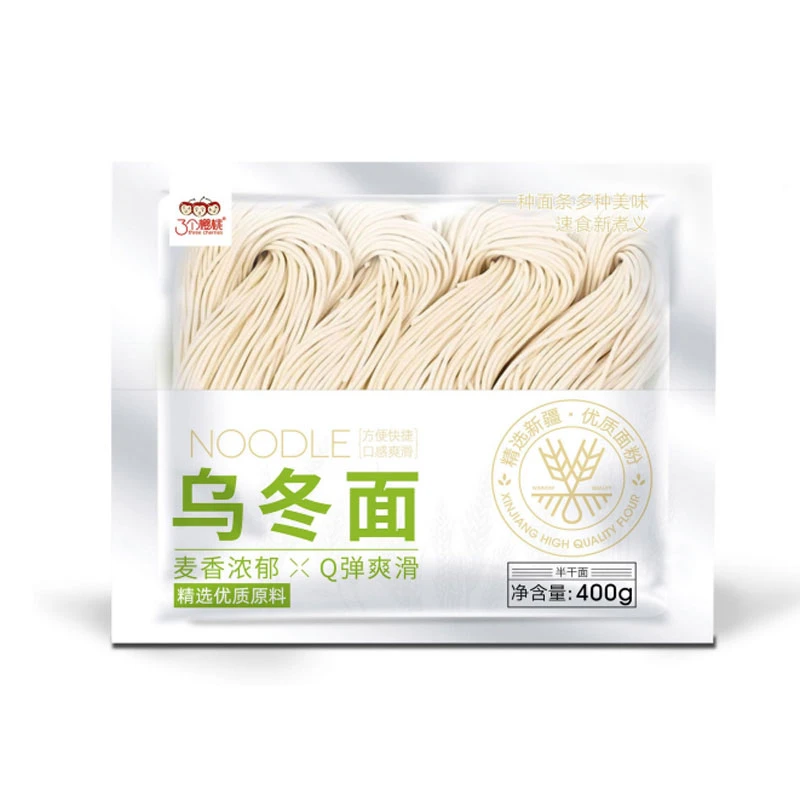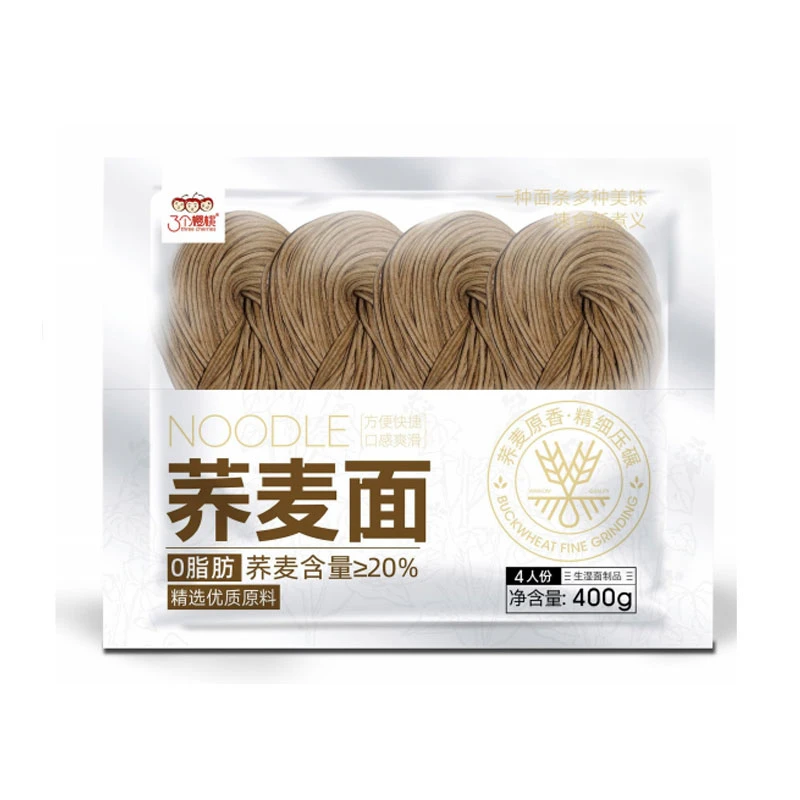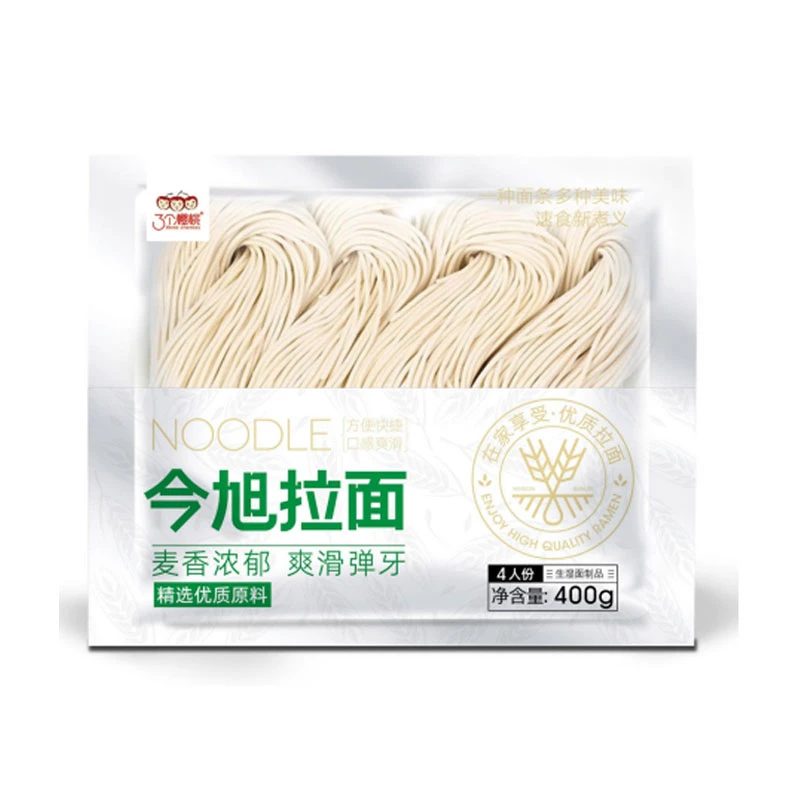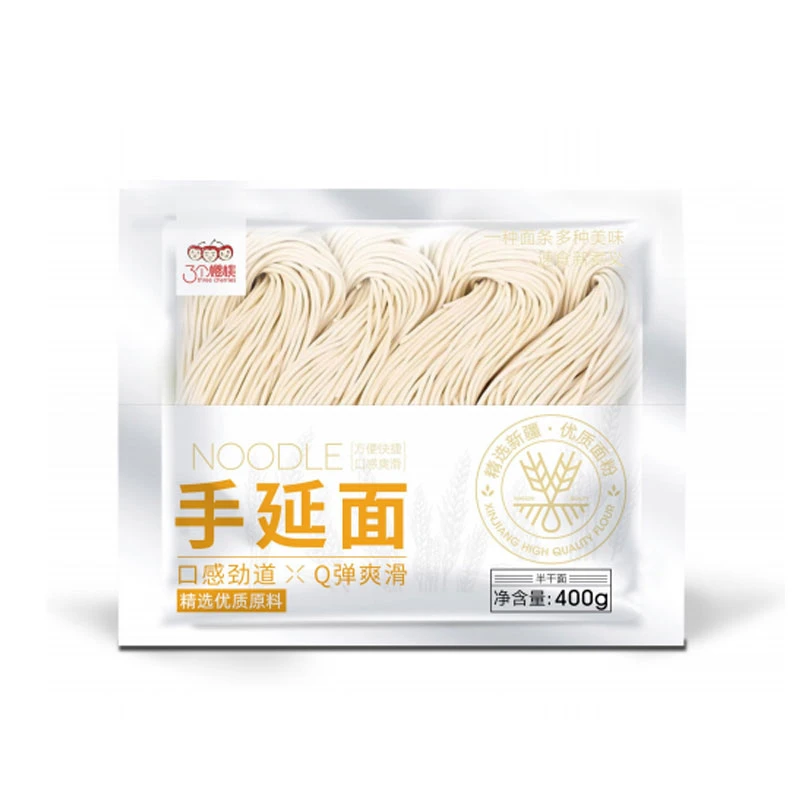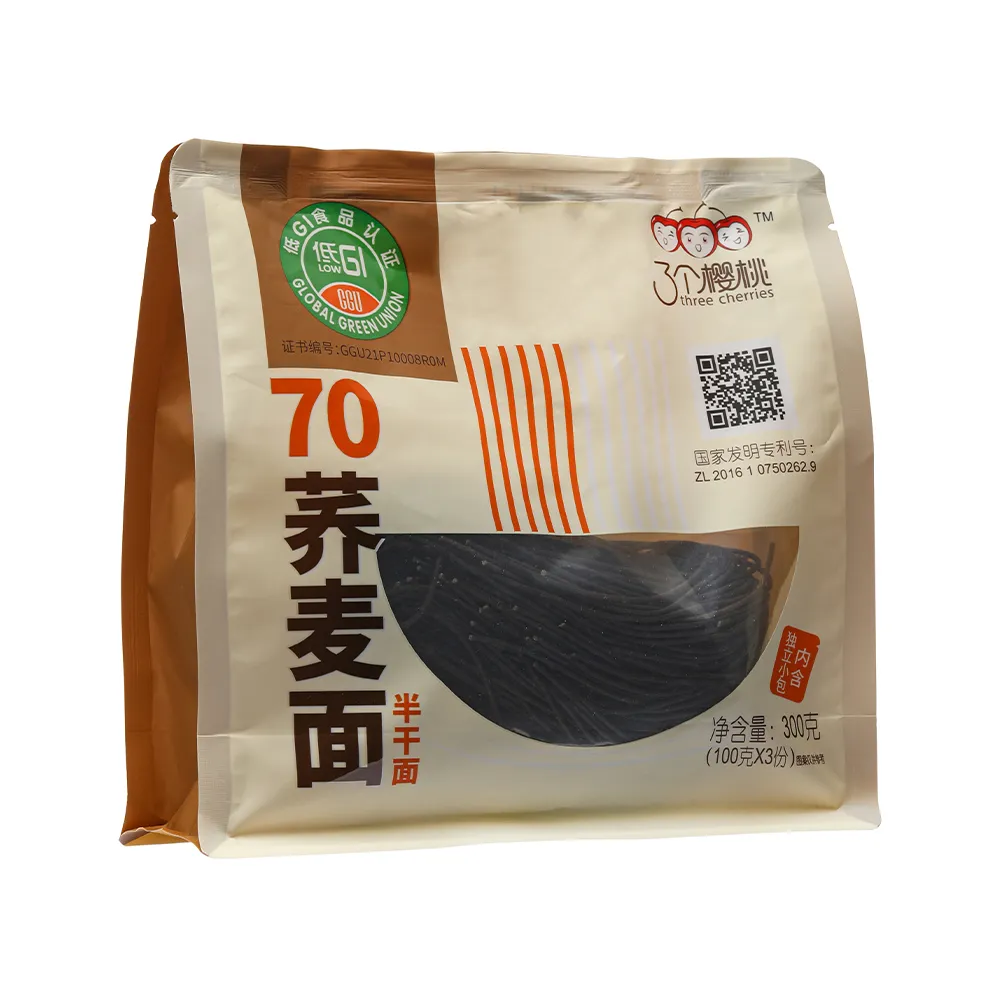Types of Soba Noodles Explore Different Soba Noodles Types & Authentic Japanese Flavors
- Introduction to types of soba noodles
- Historical and cultural context of soba noodles
- Technical distinctions among soba noodles types
- Manufacturers comparison: data and features
- Custom soba noodle solutions for different markets
- Case studies: successful applications in foodservice and retail
- Conclusion: Exploring the diversity of types of soba noodles

(types of soba noodles)
Understanding Types of Soba Noodles: An In-depth Introduction
Soba noodles have secured a prominent place in culinary traditions, admired for their versatility and nutritional value. Recognizing the diversity within types of soba noodles is essential for suppliers, chefs, and consumers seeking authenticity and variety. From hand-crafted artisanal buckwheat strands to mass-produced varieties, soba offers a spectrum of experiences in flavor, texture, and presentation. The global market for soba noodles was valued at over $400 million in 2022, with demand projected to increase at a CAGR of 5.8% through 2028, underscoring the accelerating interest in both traditional and innovative soba products. Grasping the nuances among different types of soba noodles is vital to tap into consumer trends such as gluten-free diets, premiumization, and sustainability. This guide outlines the technical specifications, manufacturer differences, and flexible solutions available in today’s soba market.
Historical and Cultural Context: The Roots of Soba Noodles
Soba noodles trace their origins to ancient Japan, where buckwheat cultivation flourished in mountainous regions. Traditionally, soba was consumed during special occasions like Toshikoshi Soba on New Year's Eve, symbolizing longevity. The regional diversity—from Tokushima’s stiff Inaka Soba to Nagano’s aromatic Shinshu Soba—showcases how local terroir influences noodle character. Today, soba’s global popularity rides on its confluence of tradition and innovation; chefs worldwide incorporate soba into salads, stir-fries, and fusion dishes. By 2028, buckwheat noodle consumption in North America is pegged to grow by over 10%, demonstrating that the appeal of soba extends far beyond its Japanese roots. Culturally, the rise of health-conscious consumers and the pursuit of gluten alternatives have reinvigorated the appreciation for authentic and specialty soba noodles.
Technical Distinctions: Soba Noodles Types and Their Features
Not all soba noodles are created equal. The fundamental ingredient—buckwheat flour—gives soba its signature nutty flavor and grey hue. However, variations in flour blend (pure buckwheat vs. mixed with wheat), hydration, and cutting technique result in different types of soba noodles. Soba noodles types can be segmented into categories such as Jyuwari (100% buckwheat), Hachiwari (80% buckwheat, 20% wheat), and flavored versions with yams (Yamaimo Soba) or green tea (Cha Soba). The protein content in Jyuwari can reach up to 13% while offering enhanced gluten-free nutrition, whereas Hachiwari provides elasticity and a smoother bite, preferred in mass foodservice operations. Shelf stability, cooking time, and texture retention differ notably among these options, with Jyuwari being more fragile and requiring careful handling. Modern production leverages semi-automatic cutters and vacuum-packing to extend shelf life without compromising quality, directly meeting growing global logistics demands.
Manufacturers Comparison: Features, Data, and Technology
A comparative analysis among leading soba manufacturers uncovers marked contrasts in quality, innovation, and scalability. The table below illustrates the key differences among major producers:
| Manufacturer | Product Type | Buckwheat % | Annual Output (tons) | Shelf Life (months) | Notable Technology |
|---|---|---|---|---|---|
| SobaCraft Japan | Jyuwari, Hachiwari | 100, 80 | 6,800 | 12 | Low-temp stone milling, Nitrogen packing |
| Kagawa Foods | Hachiwari, Yamaimo | 80, 70 | 9,100 | 10 | Automatic extrusion, Flash freezing |
| Hokkaido Roots | Jyuwari, Cha Soba | 100, 80 | 5,400 | 15 | Micro-batch rolling, Vacuum dehydration |
| Yamato Noodles | Inaka, Hachiwari | 90, 80 | 8,700 | 8 | Traditional kneading, Enhanced UV sterilization |
Data reveals that premium producers like Hokkaido Roots prioritize micro-batch quality and extended shelf life, while large-scale players such as Kagawa Foods offer advanced freezing for volume operations. Technology adoption, especially nitrogen flushing and vacuum processes, helps preserve aroma and texture—critical factors for international shipments.
Custom Soba Noodle Solutions: Meeting Diverse Market Needs
As the global palate evolves, demand for different types of soba noodles has diversified. Customization now factors in not only traditional tastes but food safety, dietary preferences, and logistical concerns. Manufacturers offer bespoke blends—gluten-free, high-protein, or organic—to align with market-specific regulations and trends. For foodservice, pre-cooked and quick-chill formats ensure rapid preparation. In retail segments, single-serve and value packs respond to changing consumption patterns. According to a 2023 ingredient survey, 38% of U.S. soba consumers look for organic certification, while nearly 21% prioritize allergen transparency. Some suppliers provide private label solutions for restaurants, incorporating unique flavors like matcha or seaweed, enabling brand differentiation. Partnerships between manufacturers and distributors facilitate tailored logistics, from direct-import consolidation to country-specific labeling, making soba accessible across continents without compromising quality.
Case Studies: Innovative Applications in Foodservice and Retail
Examining real-world outcomes highlights the adaptability of soba noodles. In the United Kingdom, the premium fast-casual brand “Umami Bowls” introduced a gluten-free Jyuwari soba menu in 2022, resulting in a 19% increase in average ticket value over six months. Their collaboration with SobaCraft Japan ensured consistent texture and flavor across all outlets thanks to nitrogen-packed shipment. Meanwhile, a Canadian retailer, “Nature’s Basket,” partnered with Hokkaido Roots to develop an exclusive Cha Soba for their wellness product line. The initiative not only captured 11% of the specialty dry noodle market within a year but also won a national innovation award for its vacuum dehydration process, which preserved natural green tea notes. In foodservice, Japanese ramen chains in Southeast Asia have adopted Hachiwari for its resilience and quick cooking times, streamlining kitchen operations by reducing prep time by 14% on average. These examples underscore how proactive sourcing from top manufacturers and leveraging modern production technologies can unlock new market segments for both traditional and novel soba noodle products.
Conclusion: Exploring the Diversity of Types of Soba Noodles
The diversity within types of soba noodles bridges culture, technology, and consumer demand in unprecedented ways. From centuries-old hand-crafted recipes to technologically advanced, shelf-life-extended offerings, the soba segment continues to innovate. Industry statistics confirm that the market is not only poised for expansion but also for increasing customization and specialized applications. Manufacturers are seizing this opportunity by investing in traceable supply chains, sustainable production, and consumer-driven innovations. Whether for traditional Japanese dining or global fusion platforms, understanding the distinctions among soba noodles types—from ingredient composition and manufacturing technology to application and distribution—is essential for stakeholders aiming to lead in this lucrative, dynamic marketplace. The journey through soba noodle varieties exemplifies how respect for tradition coupled with technical progress can sustain and evolve a heritage food for contemporary tastes worldwide.

(types of soba noodles)
FAQS on types of soba noodles
Q: What are the main types of soba noodles?
A: The main types of soba noodles include juwari soba, ni-hachi soba, and sarashina soba. Each type has different buckwheat-to-wheat flour ratios which affect texture and flavor. Some may also be differentiated by regional variations.Q: How do soba noodles types differ from each other?
A: Soba noodles types differ mainly by the percentage of buckwheat flour used. For example, juwari soba uses 100% buckwheat, while ni-hachi soba uses 80% buckwheat and 20% wheat flour. This influences their taste, color, and texture.Q: What is the difference between sarashina soba and regular soba?
A: Sarashina soba is made from only the core of buckwheat seeds, giving it a whiter color and delicate flavor. Regular soba, such as ni-hachi, uses the whole buckwheat seed and is darker and stronger in taste. This makes sarashina a specialty among the different types of soba noodles.Q: Are there any flavored or specialty soba noodles types?
A: Yes, some soba noodles types are flavored with ingredients like green tea (cha soba) or yam (yamaimo soba). These add unique colors and tastes. Specialty soba noodles are popular variations among different types of soba noodles.Q: Which types of soba noodles are served hot or cold?
A: Most types of soba noodles, including juwari and ni-hachi, can be served either hot in broth or cold with dipping sauce. Cold soba, called zaru soba, is especially popular in summer. Both hot and cold preparations highlight the unique qualities of the different types of soba noodles.-
Is Whole Wheat Pasta Healthy?NewsMay.30,2025
-
Are Soba Noodles Good for Weight Loss?NewsMay.30,2025
-
Are Buckwheat Soba Noodles Healthy?NewsMay.30,2025
-
Are Buckwheat Soba Noodles Gluten Free?NewsMay.30,2025
-
Are Buckwheat Noodles Good for You?NewsMay.30,2025
-
A Healthy Way to Savor Soba and Spicy FlavorsNewsMay.30,2025
-
What Are Lanzhou Noodles?NewsMay.30,2025
Browse qua the following product new the we












































































































